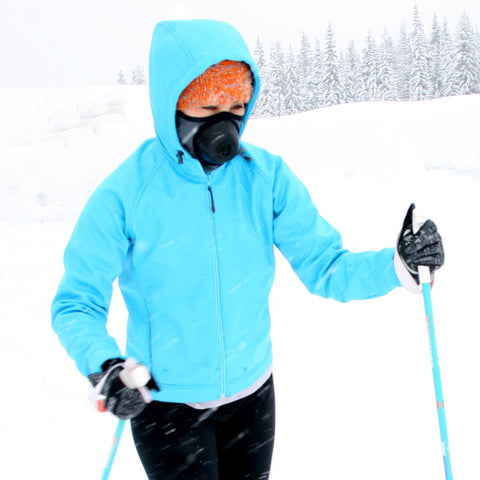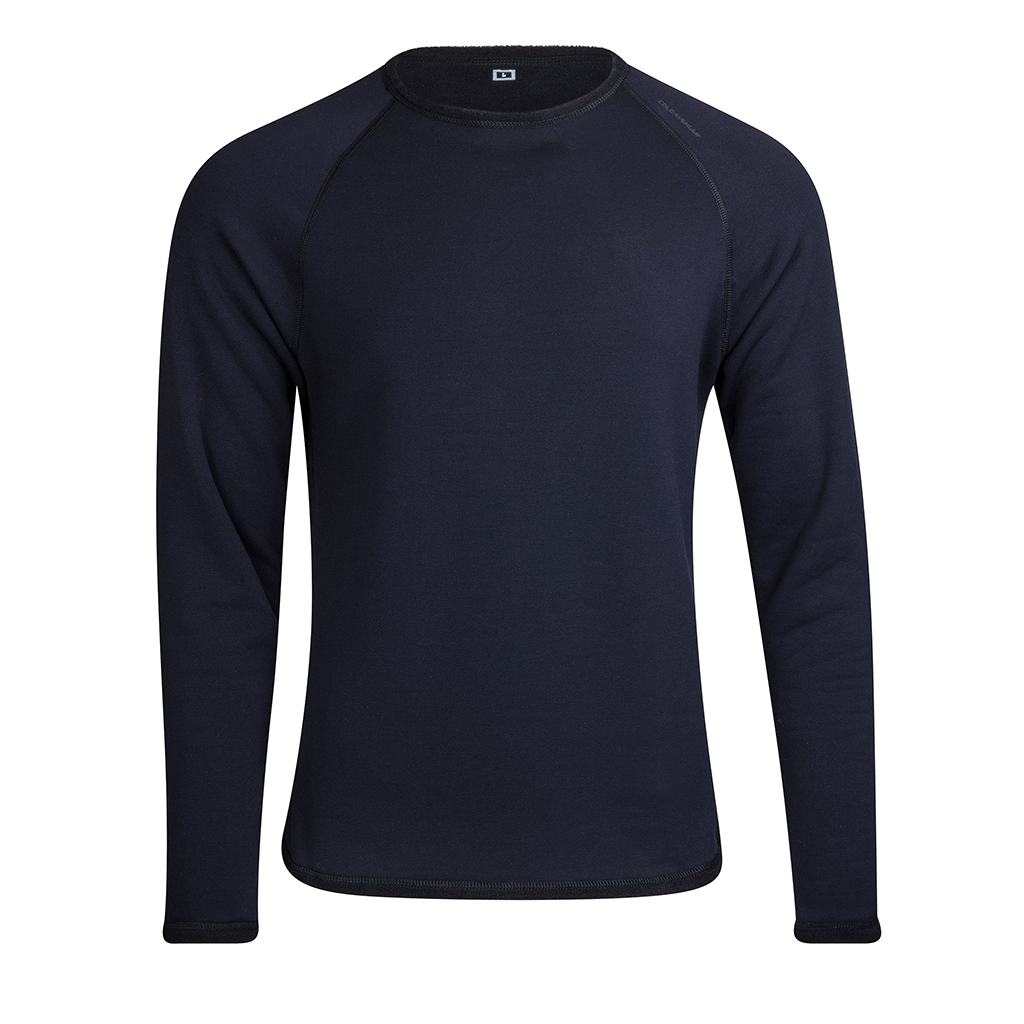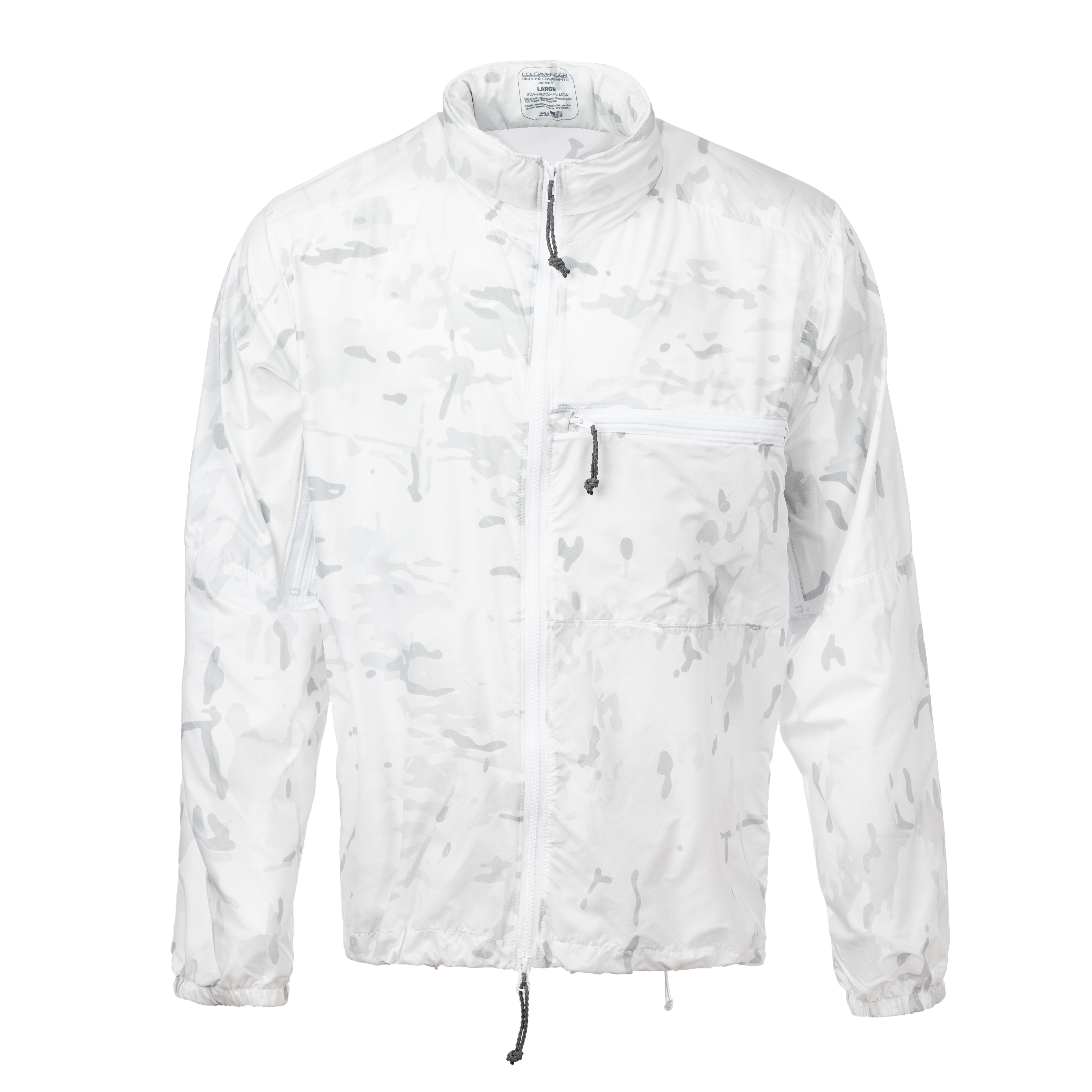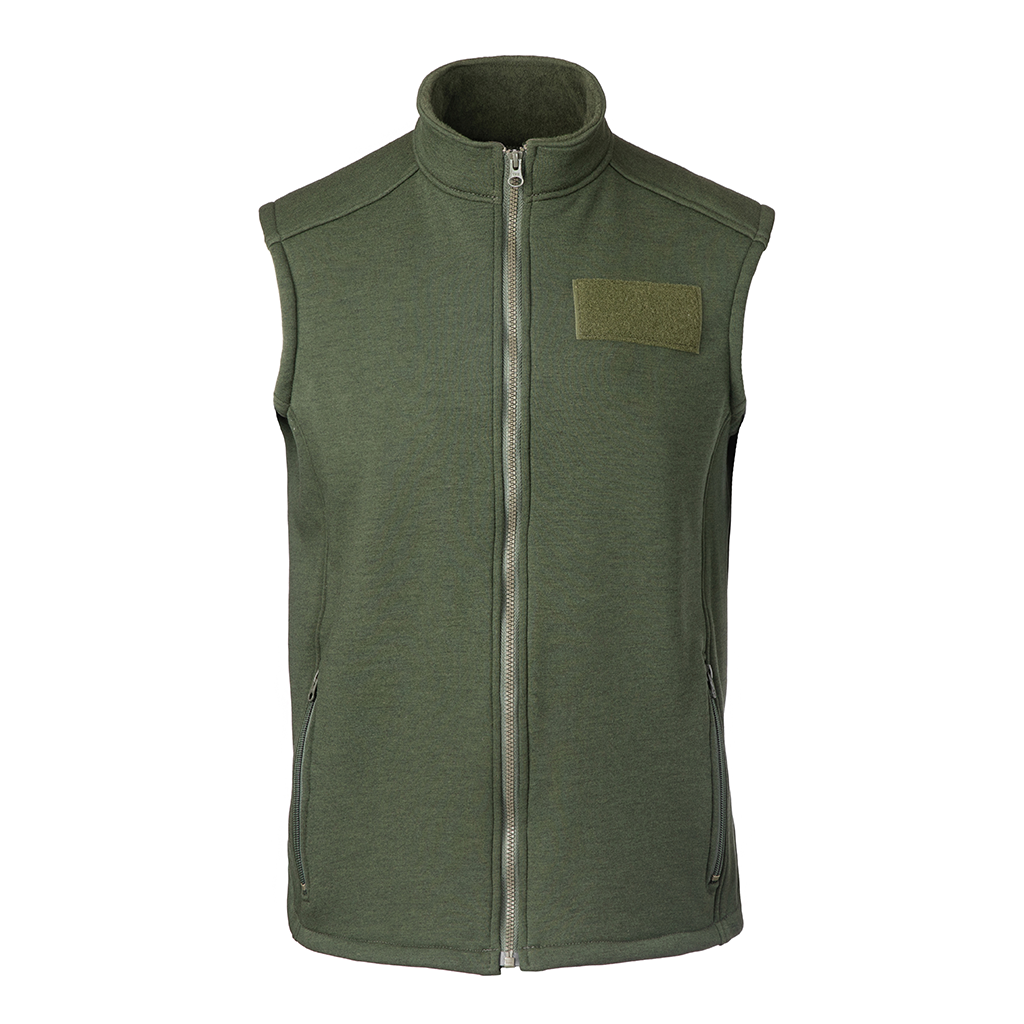Winter can be a difficult season for those with chronic obstructive pulmonary disease (COPD).
Prolonged darkness and cold weather not only contribute to less physical activity but also add to depressed moods and anxiety common to those who suffer with COPD. No matter what the season though, regular exercise is critical for people with COPD. Exercise increases endurance and counters risk factors for cardiovascular, metabolic and musculoskeletal problems that complicate COPD. Physical activity, especially outdoors in nature, also helps to improve depression and the feelings of panic and anxiety associated with COPD.
Walking is an exercise for any season and for someone with COPD it can help improve physical and mental health. Walking is easy on the joints, improves the ability to use oxygen, builds endurance, strengthens muscles, and enhances well-being. Walking reduces stress and anxiety, decreases breathlessness, and improves cardiac and respiratory fitness in COPD. One study found that those with COPD who have regular walking routines of 2 to 4 miles daily had lower rates of hospitalization compared to those with COPD who did not walk.

"Nordic Walking" is a type of walking exercise that uses lightweight poles or hiking sticks which can be enjoyed outside year-round on any terrain. Unlike regular walking, Nordic Walking increases exercise intensity by engaging the upper body to provide a low impact, high results, total body exercise. Nordic walking is reported to have beneficial impacts on the daily physical activity pattern of those with COPD. Also since COPD may cause gait problems due to weaker lower extremity muscles, walking or hiking poles can assist with balance and help prevent falls.
Consult with your physician prior to beginning your winter walking routine and set achievable distance goals. A medical study showed that goal setting improved the activity level of those with COPD over a 12-week period and demonstrated a 6-fold greater percent increase in walking compared to those not setting goals.
Selection of proper clothing and apparel is essential for winter outdoor activity. Staying warm by using the appropriate types of layers helps improve lung function. Do not neglect your face and airways. Cold air is always dry air and can exacerbate COPD, asthma, and bronchitis thus limiting the enjoyment of being outside. Even facial skin exposure can trigger bronchospasm and feelings of breathlessness (dyspnea).
Protect your airway health with a specialized cold weather face mask that covers your face and increases airway humidity and warmth, like the ColdAvenger. The face mask should allow for unrestricted breathing to reduce feelings of claustrophobia and breathlessness. It should also allow for nasal breathing which helps humidify inhaled air more than oral breathing. Nasal breathing also improves lung oxygenation.
Winter should not be a barrier for those with COPD. Be prepared, go out, and enjoy walking to better health!






